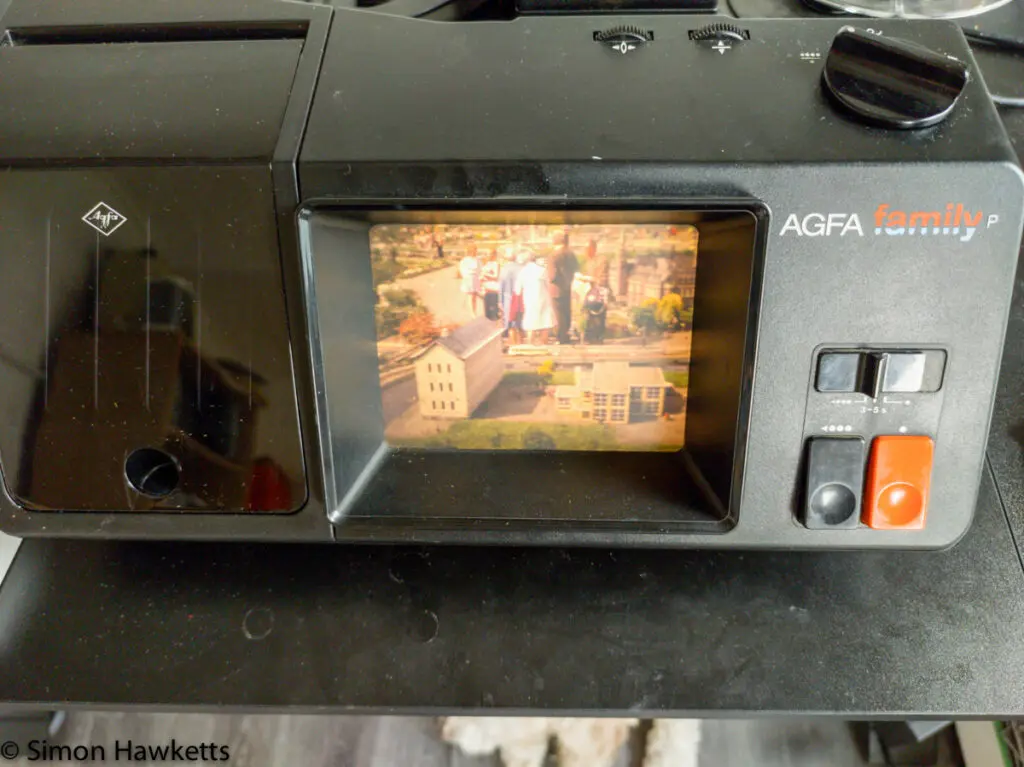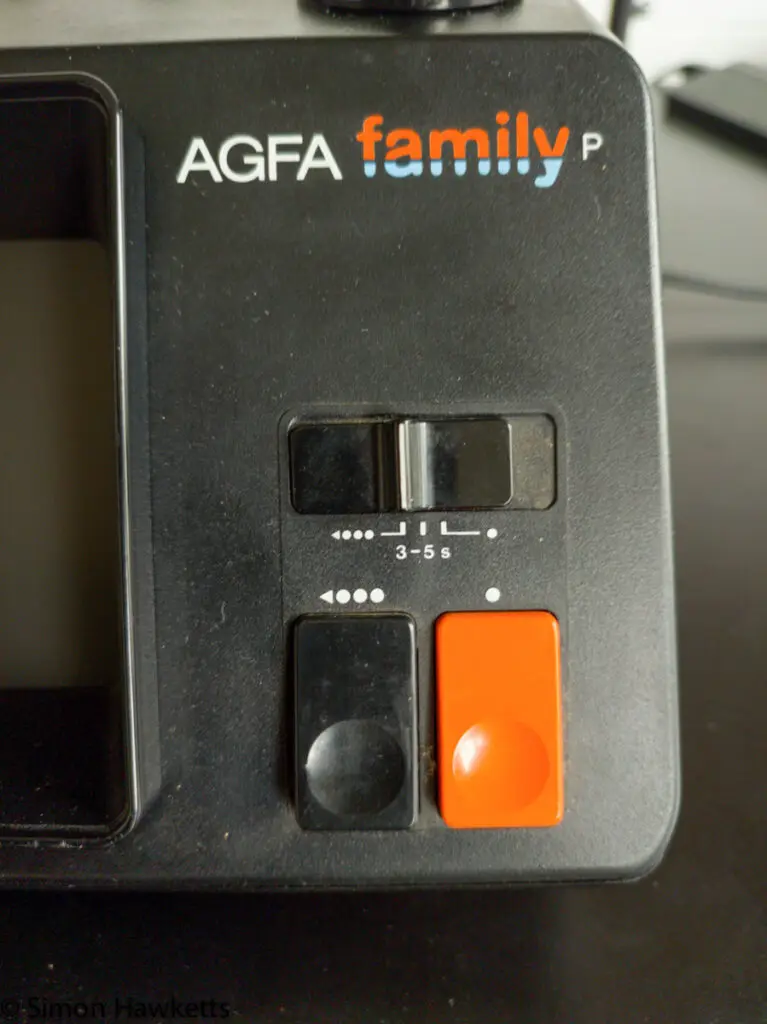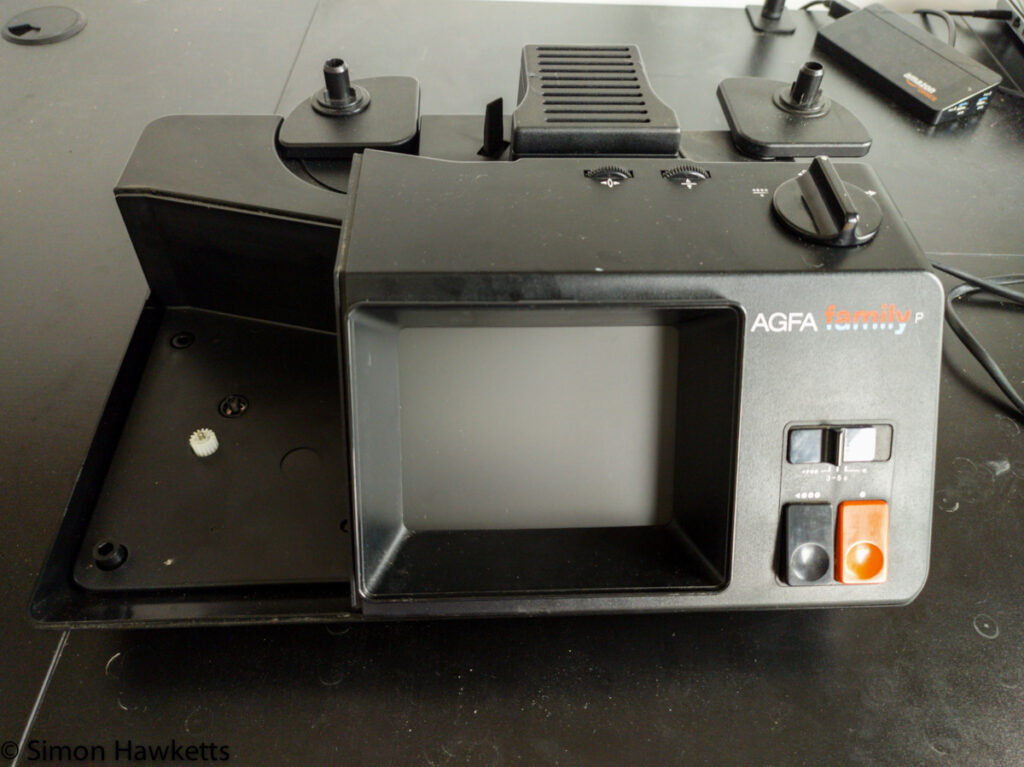The clever and impressive Agfa Family 8 home movie system
This article is going to take a look at the Agfa Family 8 home movie system which was made in the early 1980s as an all encompassing system for producing Super 8 family home movies.
My Agfa Family 8 system
I bought my Agfa Family 8 system as a pure impulse buy when I saw it for sale on eBay for only £25. I think that decision was partially driven by the fact that I’d recently acquired my Bolex 102 MTC projector, which is similar in that it has an internal screen, and therefore the Family 8 piqued my interest, but mainly by the price which was very good for a working unit.
In fact, I didn’t know if the unit was working when I bought it, because the seller listed it as sold as seen, but for the money I decided to take a chance and hoped it would be OK.
When the large, plastic wrapped box turned up, and I opened it, I found a rather grubby unit inside its original Agfa orange box, along with the cine camera and manuals for both units (the projector and the camera).
Once I got the main unit out and had a look around it, I found the lamp had dislodged from it’s mounting and had to be refitted, but everything else seemed to be in order. There was a sticky film covering lots of the surfaces however, so I used some Dettol wipes that we had in the kitchen to clean the unit up. The stickiness came off with a lot of rubbing, and the wipes were a dirty brown colour after cleaning it, so I deduced that the unit had probably been owned by a smoker.
I found the internal mirror, which deflects the light from the film plane up to the small screen was particularly dirty, but I cleaned that with a lens cleaning solution and that seemed to remove the brown film quite well.
With the lamp refitted, the projector surfaces and mirror cleaned up, and the power plugged in. I tried threading a film through the film gate to give the unit a proper go. Unfortunately, my unit doesn’t have the extended take-up spool, which was apparently an optional extra, so I used a normal Super 8 reel instead.
I actually got the film path wrong for my first test, and the unit made quite a bit of noise as it ran, but the real first impression I got when I played it was – WOW! The image on the small screen is incredibly bright and detailed, particularly when you are used to seeing Super 8 film projected on a big screen, which always seems quite dull and hazy. Even the Bolex 102, which has a 12-inch screen, looks quite dull compared to the Agfa family 8.
There are some downsides to the unit as well as the brilliant picture, however. It is quite noisy, as I mentioned above. Although I initially had the film path wrong, so the film was being jerked through the projection gate more violently than it should have been, the design of the machine tends to be more noisy anyway because there is no loop of film to dampen the noise of the film gate((By design the film needs to be pulled through the gate as a series of still images rather than just moved continuously, and film projectors normally have a loop of film that the mechanism pulls from. On the Agfa Family 8 there are some sprung-loaded film guides that try to perform this function, but they make more noise doing it)).
Another downside – well, perhaps that’s being harsh – another oddity shall I say, is the screen is very small compared to the size of the unit. I can imagine it would be difficult for a whole family to watch films on the projector unit, and there isn’t an option to project to a large screen. The experience reminds me of how I think the very first users of Baird’s mechanical television would have felt in the late 1920s because that had a huge cabinet with a very small viewing screen!
For the family 8 there was a clip-on accessory screen made, which was larger, so perhaps that was used by larger families to alleviate the problem, although for my particular usage, the screen is fine.
I also think that my version may be playing the films at a slightly slower speed than the correct 18 fps, but I notice that the belt which drives the film looks loose and slightly perished, so there may be some slippage which is causing that.
Pictures of the Agfa Family 8 Camera and Projector
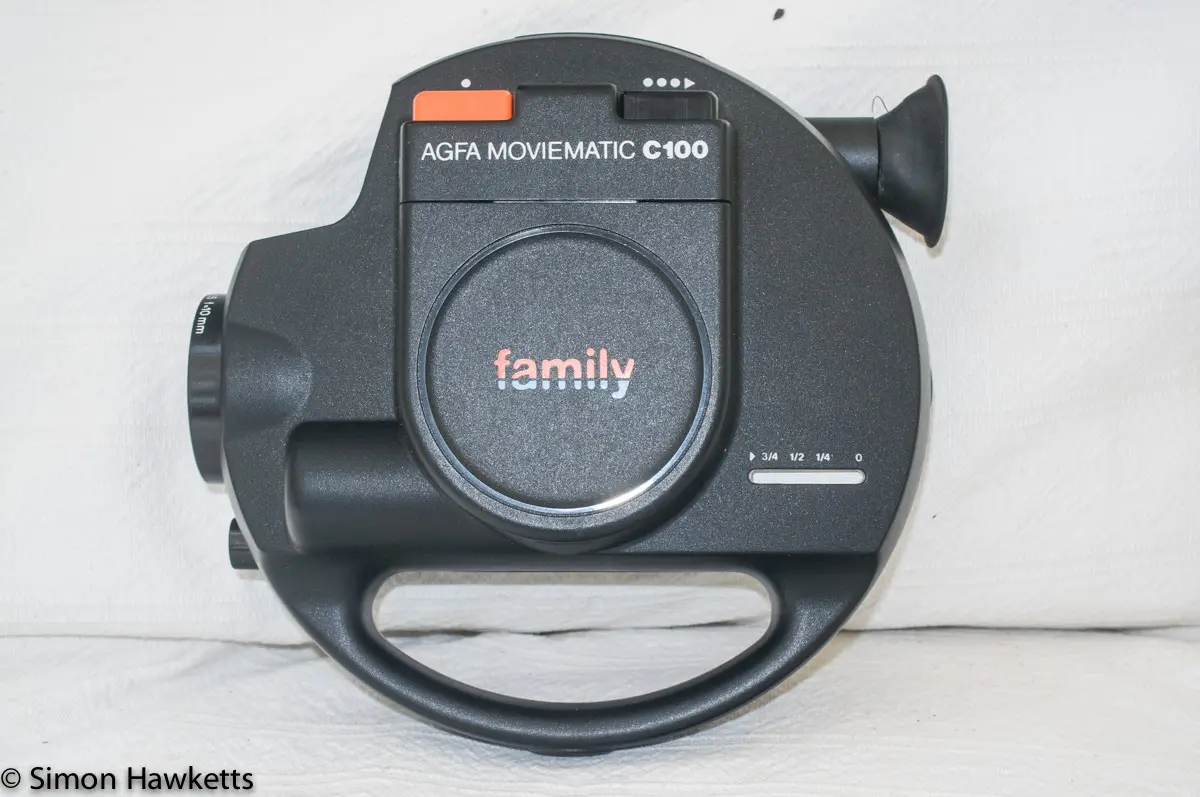
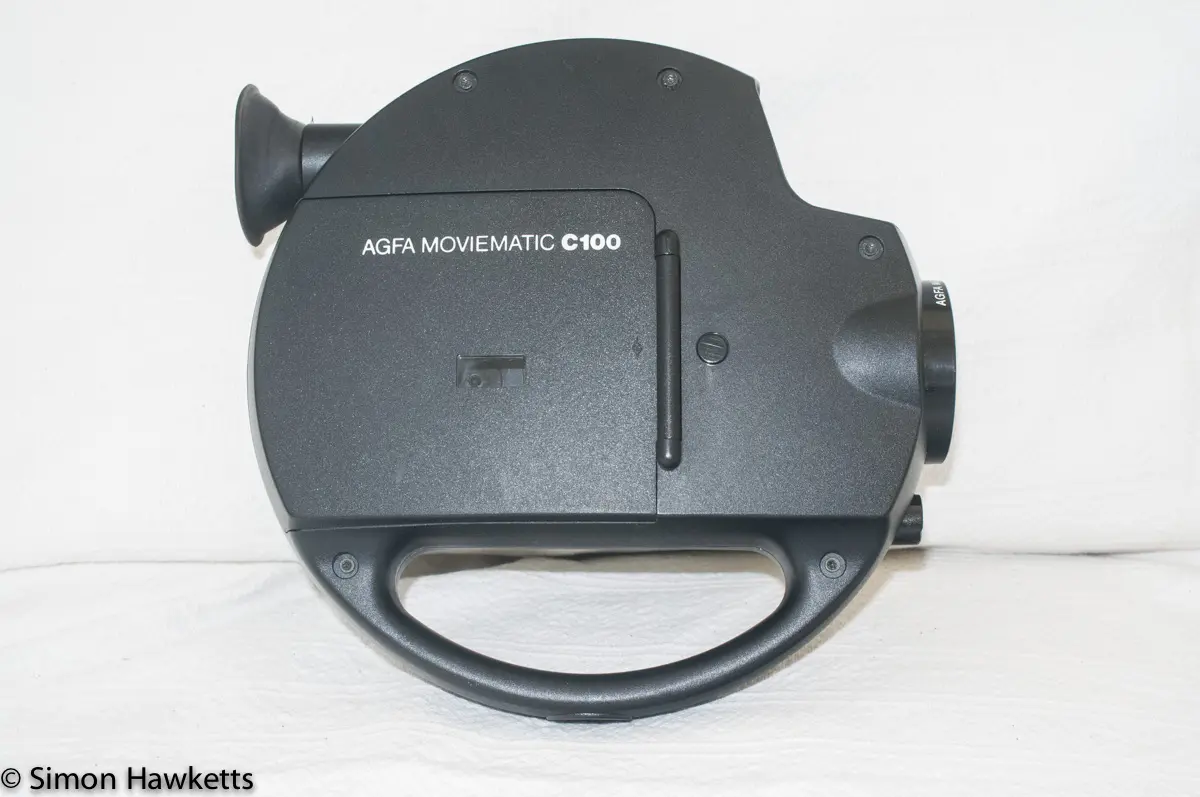

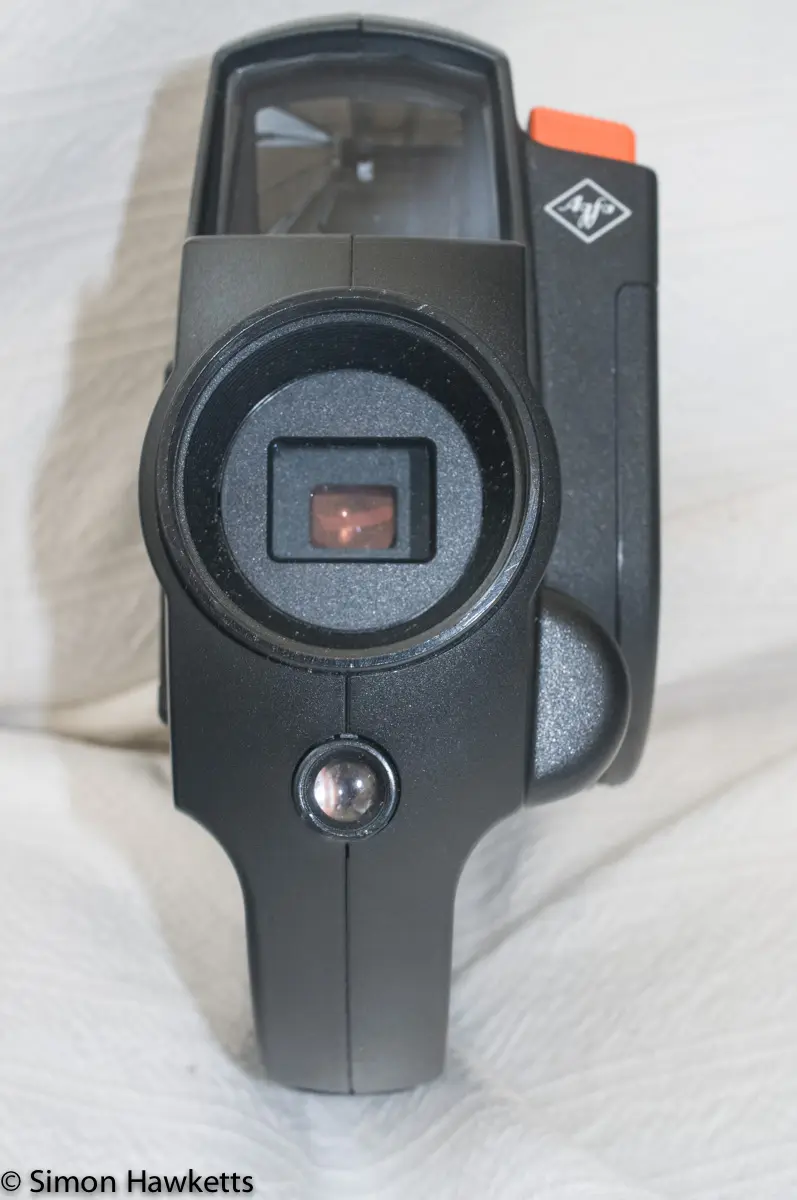
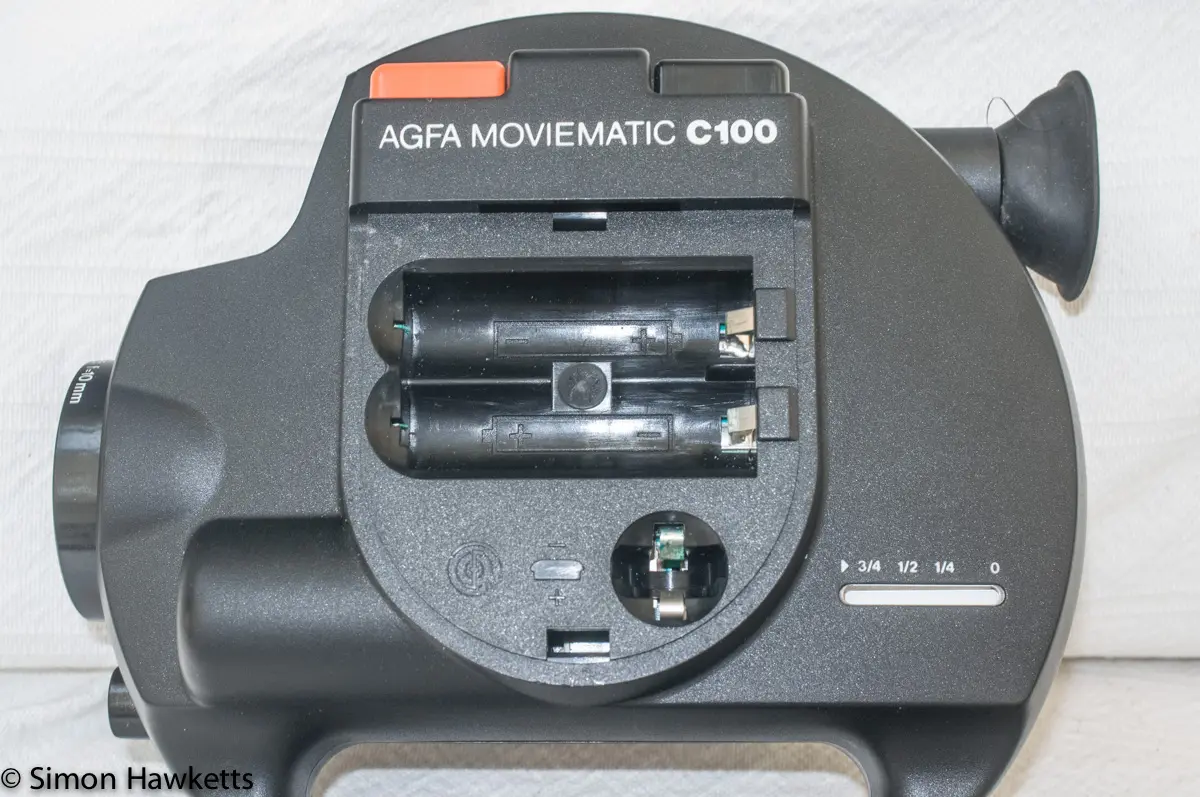

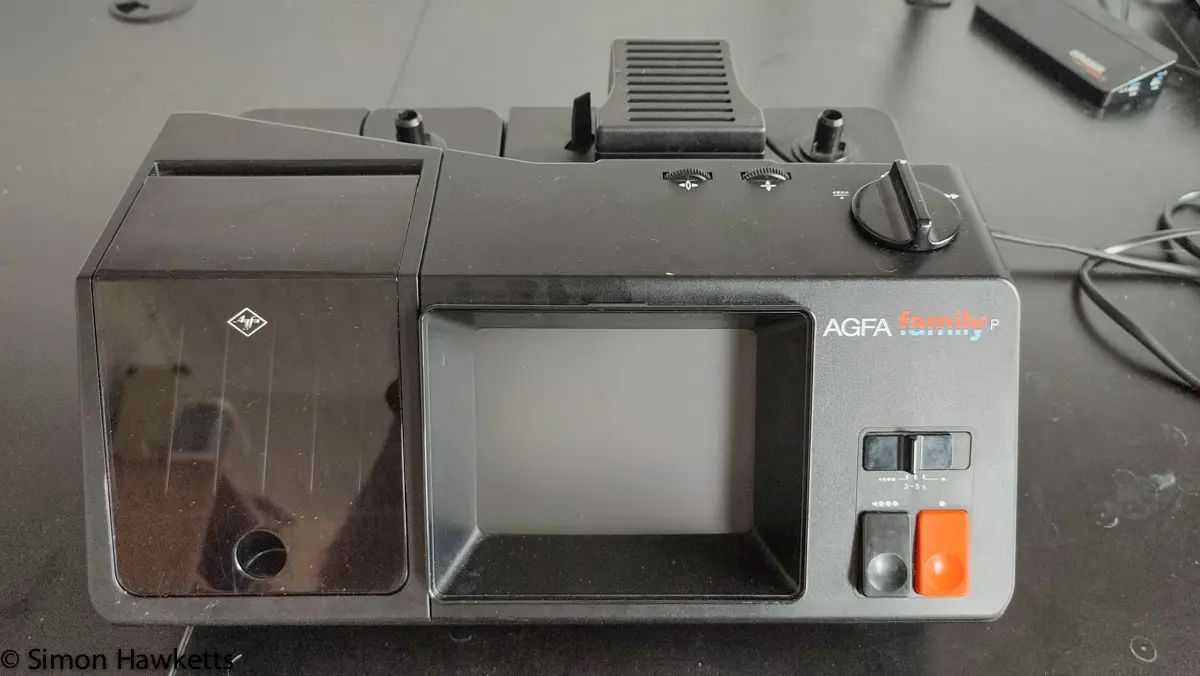
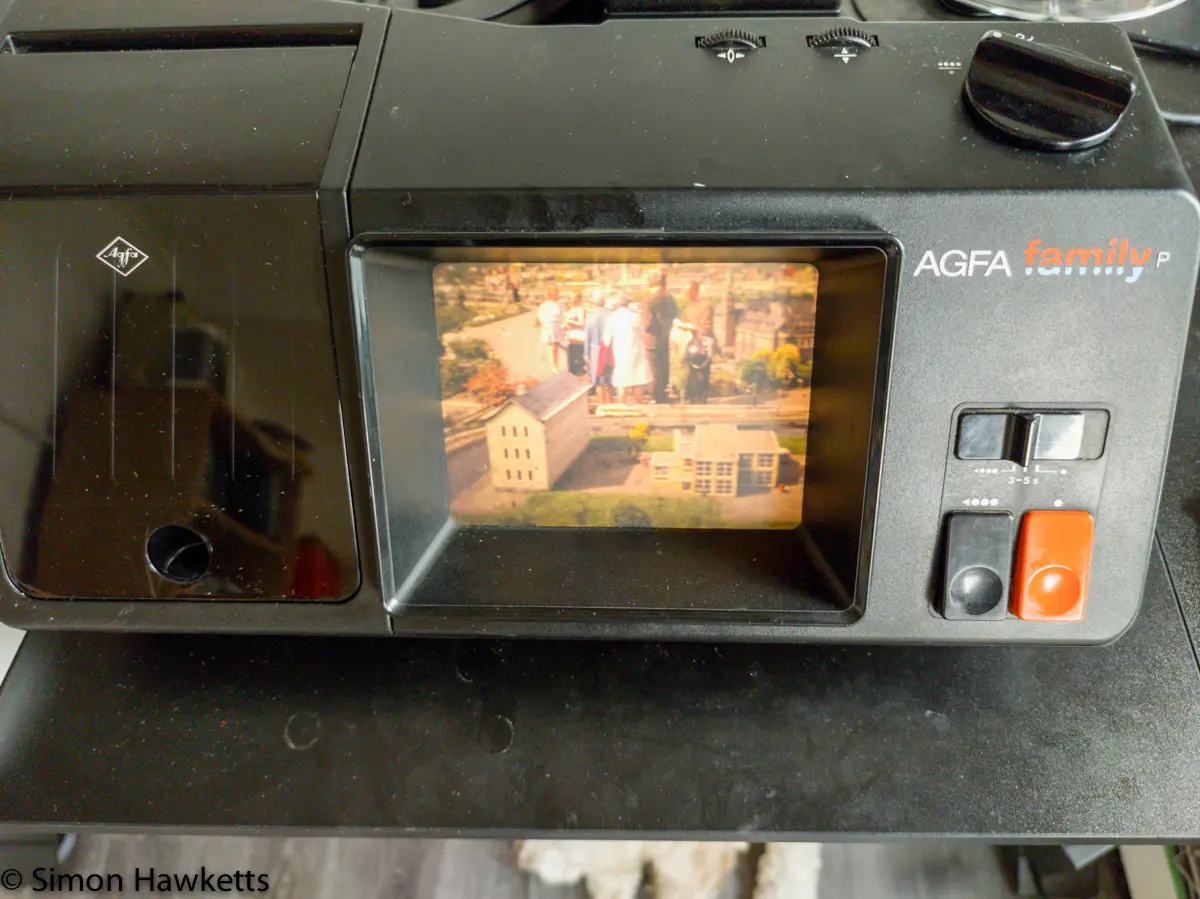
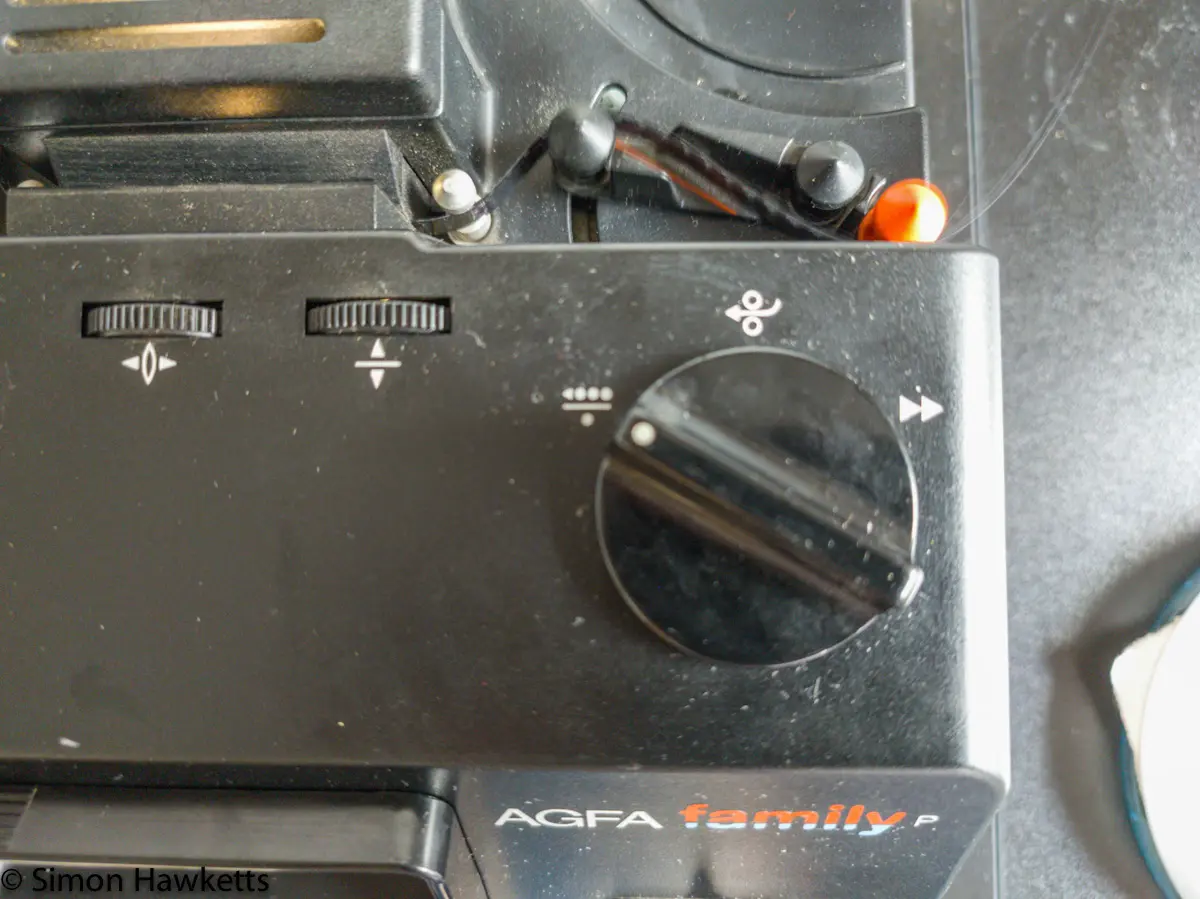
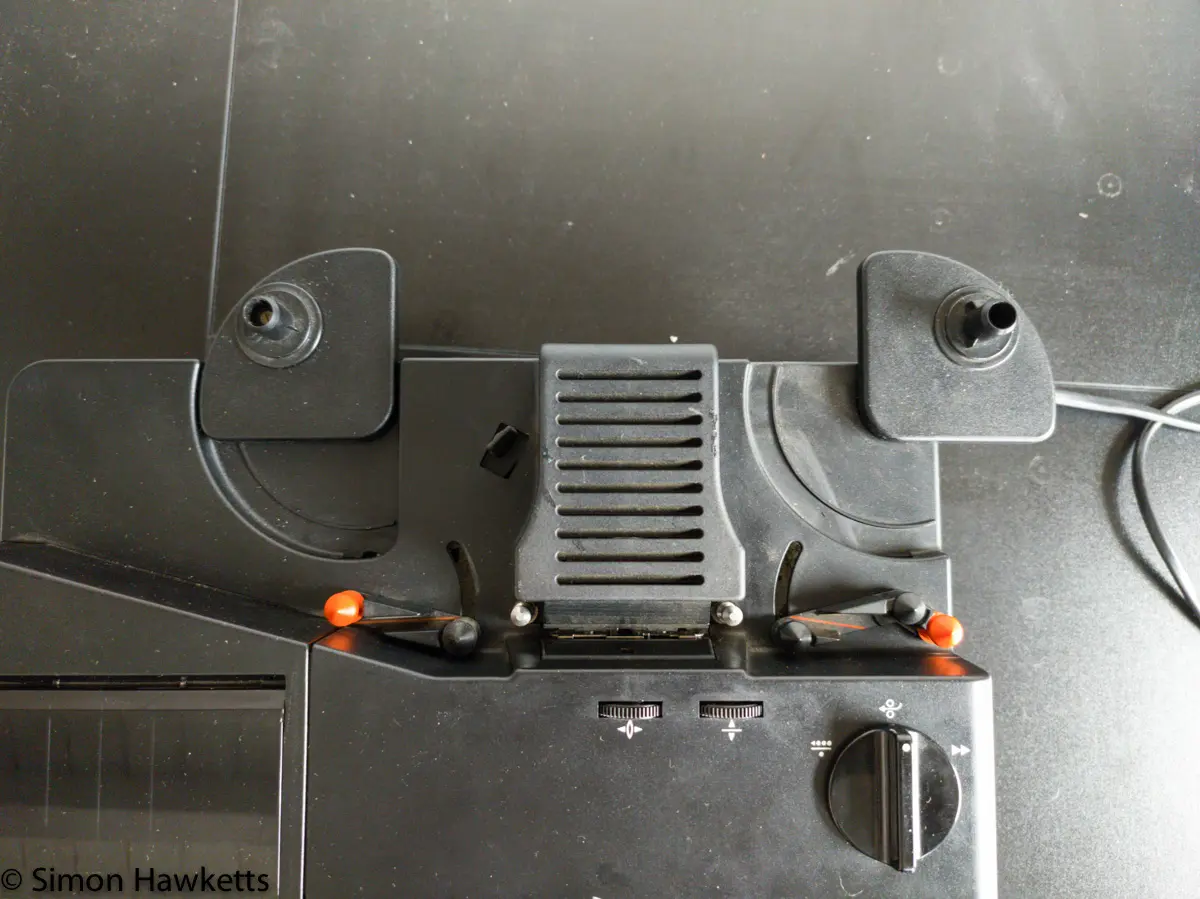
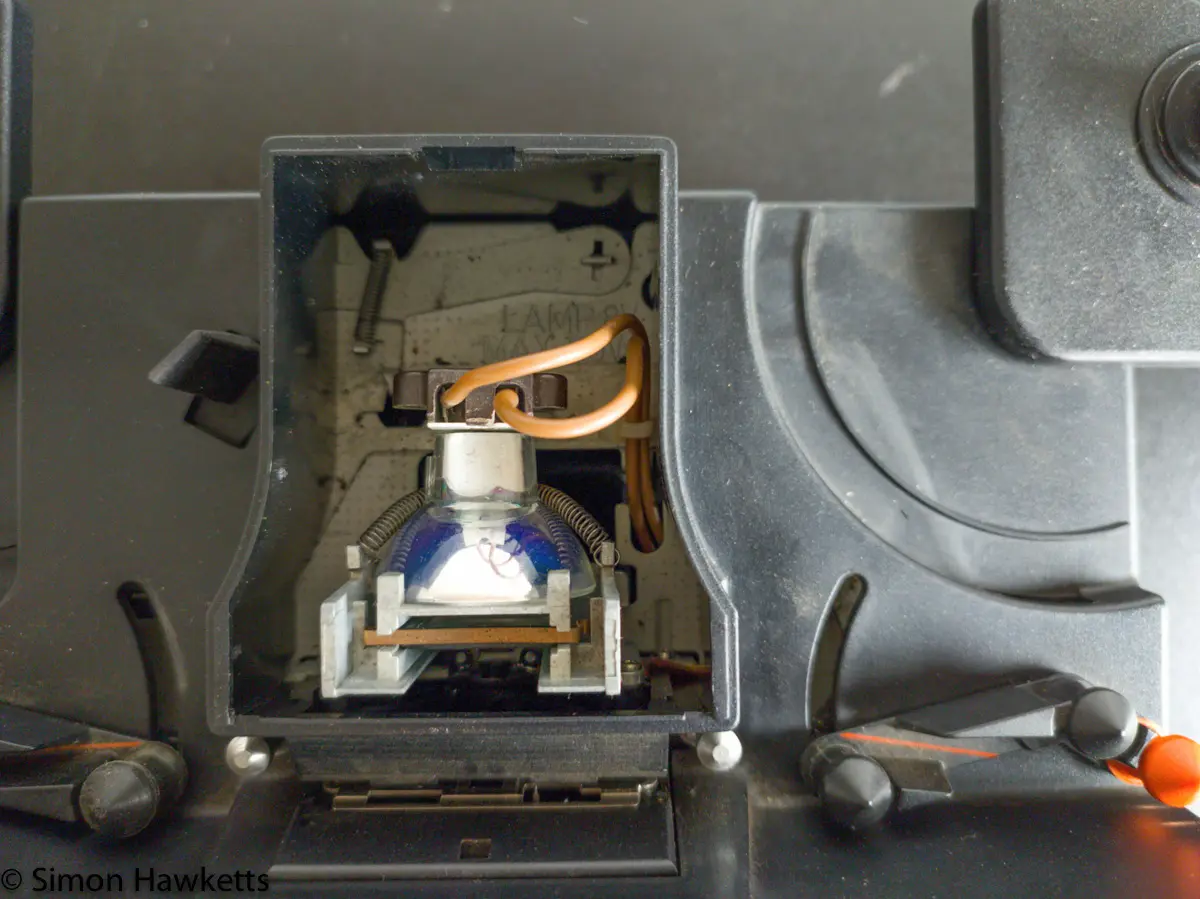
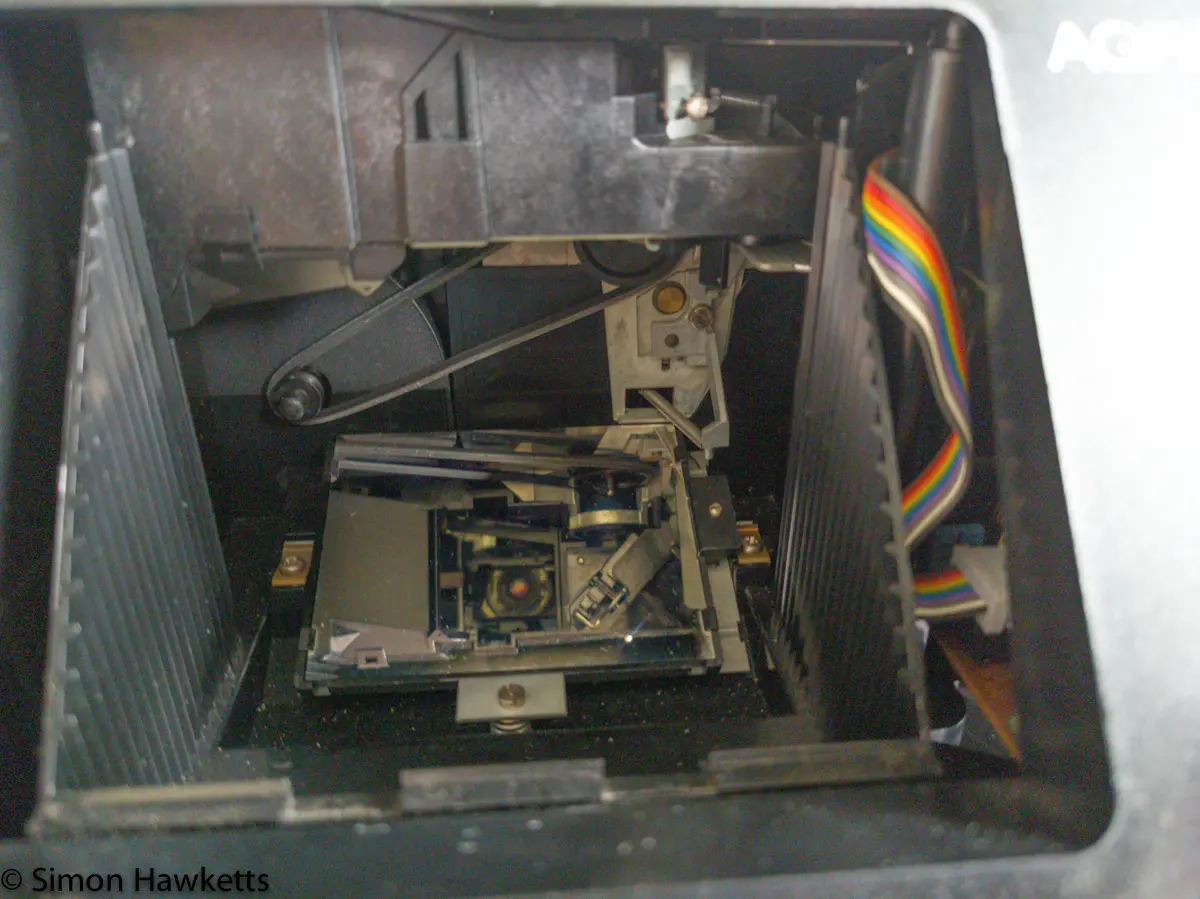
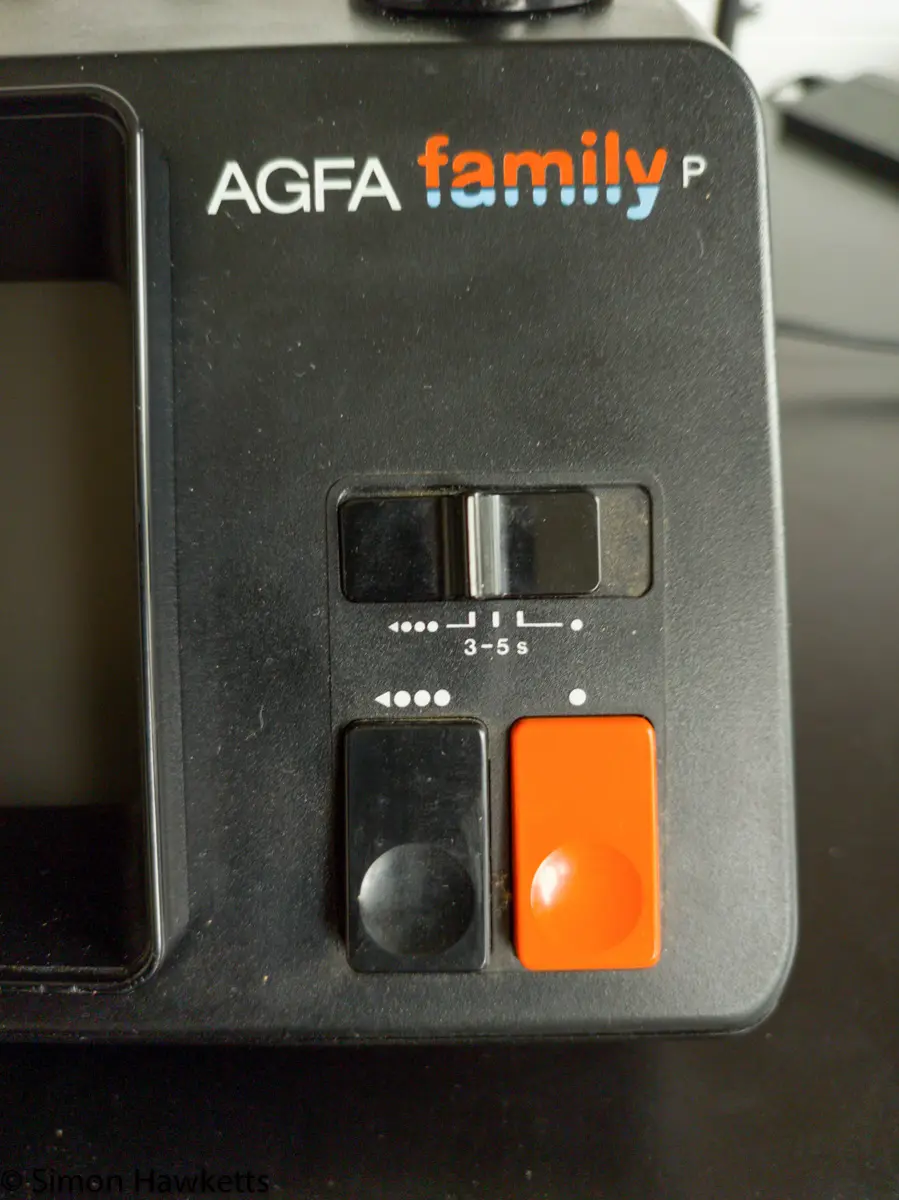
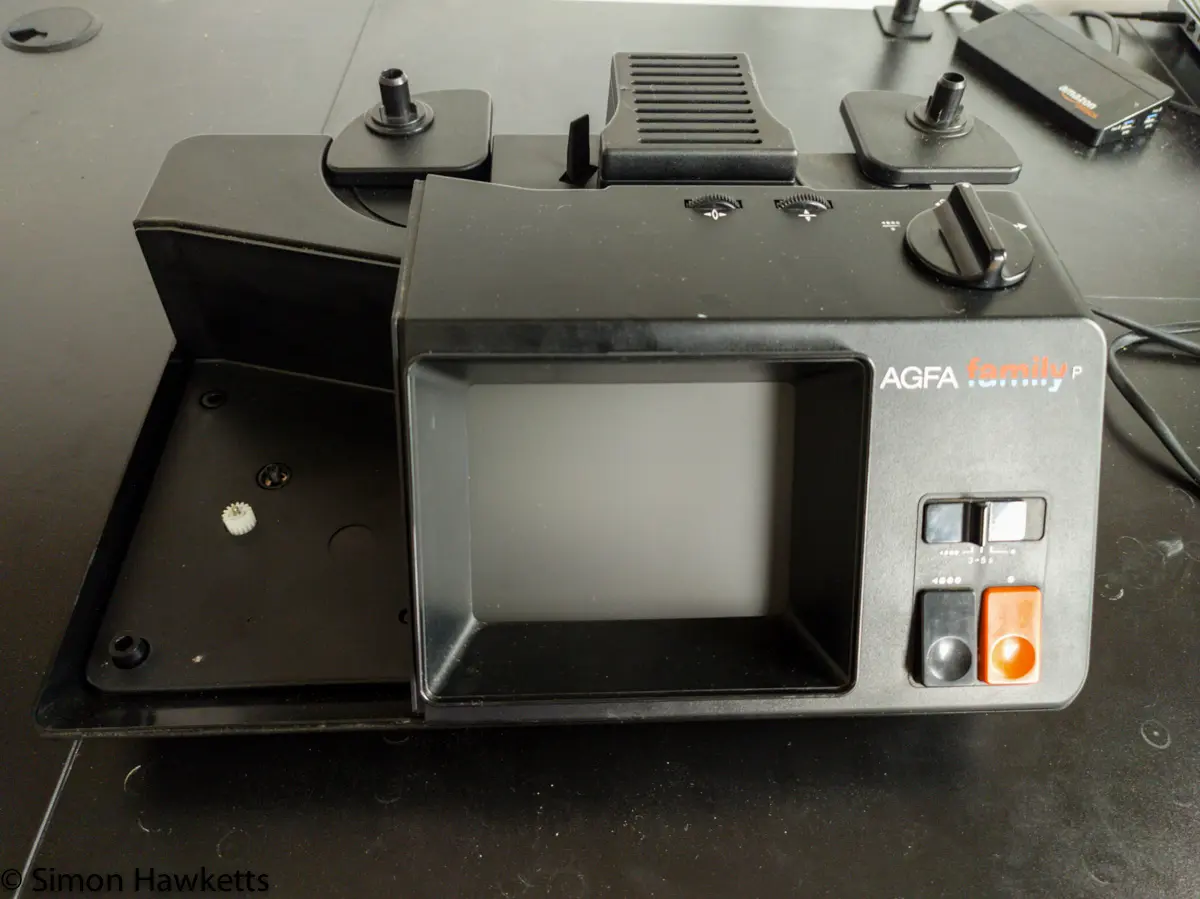
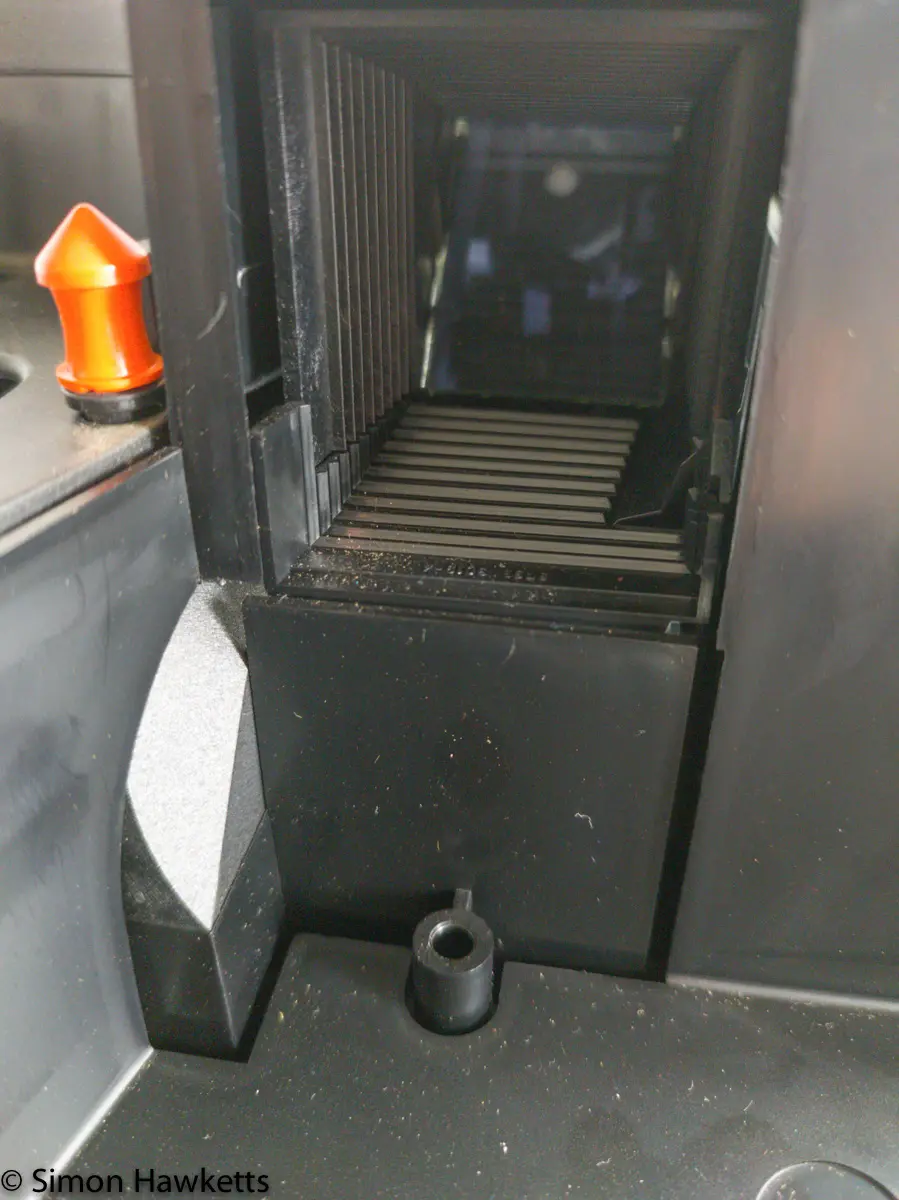
Description of the Agfa Family 8 Home Movie System
The Agfa Family 8 home movie system was much more than just the projection unit, which is what I’ve mostly been describing above.
There were two basic kits available. The first kit, which is the one I’m describing here, consisted of the projection or monitor unit as Agfa called it, with a smoked glass film storage unit and a super 8 camera.
The other model replaced the film storage unit with a printer which enabled users to obtain prints from a still image from their film. It was also possible to buy the printer as an accessory along with other items like a splicing kit and the large screen mentioned above. I’ll describe the printer more when I get to the system’s ability to produce still images.
The kit was quite an investment when originally introduced in the early 1980s because it cost £139 which equates to about £500 in today’s money. I guess at the time that was a reasonable sum to pay for this technology, but of course with the benefit of hindsight we can see that Super 8 didn’t have much life beyond the early 1980s since that was about the time that Videotape became the medium of choice for home movies.
The Agfa Family 8 Projection Unit
The Agfa Family 8 Projection unit is a nice compact bodied projector which will fit 3-inch reels on the film holders and once set up looks similar to an old tape recorder. 3 inches is not the capacity of the machine however, because the reel holders cleverly swing out to allow up to a 120M reel of film to be played.
On the top of the unit is a single three-way switch, which set the operation mode of the projector. Then on the sloped front panel is the main viewing screen, along with another set of controls. These control the film transport and projector’s ability to display still images from the films.
It’s the still image capabilities that make the projector stand out and why I labelled it ‘clever’ in the title to this piece. For a start, when the orange button on the front panel is pressed the projector displays the best still image I’ve seen from a projector.
Because the screen is small, the lamp doesn’t need to be hugely powerful to get a really bright image, and therefore doesn’t get very hot. The main problem when projectors show a still image is normally the heat, which will burn through the film in a few seconds, so there are normally heat filters which are moved in front of the lamp to stop this. These tend to dull the image, but became the Agfa Family 8 uses only a 20W lamp, this isn’t necessary, and therefore the image remains as bright as when showing a normally projected film.
The other clever thing about the Agfa Family 8 however, is that the still images could be initiated not only when the film is being played, but also during the filming process! The camera has a similar orange button that allows the photographer to record a still image, and when the projector gets to that point in the playback it stops and displays the image.
The technology to control this is a small patch on the outer edge of the film is exposed to produce a marker that the projector reads. Because this patch is in the same place a soundtrack would be, this projector can’t play films with a soundtrack unless the still image mechanism is disabled.
The projection unit can be set with a variety of actions for when the still image is reached. There is a slider switch on the front panel that can be set to three different options:
- Stop the film and wait for the projectionist to restart it.
- Stop the film and wait about 3 – 5 seconds and then restart playback
- Ignore any stop commands (i.e. disable the still image functionality)
The other button in the front panel group is the start key which can start the playback of the film after a still image has been watched.
As well as having the ability to stop the film to view a still from either the playback unit when playing the film or the camera when taking the film, there was another very useful function of the still image capabilities of the Agfa Family 8, which was being able to print a photo straight from the projector.
The printer unit, either as part of the kit or as an optional extra unit, could produce a Polaroid style print directly from the still image. Although this would not be exceptional today, at the time, this was a brilliant idea.
The printer replaces the film storage unit, as I mentioned above. When the storage unit is removed, by unscrewing a captive screw on the bottom of the projector, there is a drive cog which mates with the printer unit and a small opening to the side where an image of the film is projected.
The printer itself is loaded with an instant film pack – actually a Kodak film pack, not Polaroid – and there is a control for setting the exposure. Once the Print button is pressed the printer produces a snapshot image of the still which is developed and fixed in the same way a Polaroid print would have been produced.
Obviously, since I don’t have the printer unit I can’t be sure of the exact process, but it must be something like that. I assume it would be possible to produce either colour or black & white prints from the unit, depending on the film pack used, and although the Polaroid process was not cheap, it would be a good way of producing family holiday snaps from the single cine camera.
Video of the Projection unit running.
The following is a short clip of the Agfa Family 8 projector unit running on my desk. The flickering is a result of taking the video and doesn’t appear in proper play, but it does show the pause and single step mode on the projector.
The Agfa Family 8 Cine Camera
The Agfa Family 8 cine camera is quite a simple unit that is designed to be fully automatic, making the production of family holiday or special event films as simple as possible. There are no exposure controls because a light sensor just under the lens takes care of measuring the light levels and setting the camera exposure automatically.
There is also no need to focus the camera, because the lens is a fixed focus design which will keep everything from a few feet to infinity in focus.
All the photographer needs to do is load the film, which is a cartridge, into the door in the side of the camera, fit batteries if needed (two AA batteries power the camera with a small mercury cell for the exposure system), and then point at the action and press the button.
As I inferred earlier, there are actually two buttons on the camera; the orange still button, and the black start button which are colour coded to match the same functions on the player unit.
Although the camera actually needs a mercury cell that is no longer available, I put a hearing aid cell into my camera and the exposure system seemed to work correctly with a warning arrow popping up in the viewfinder when I tried to run the camera in poor light. Again, it’s not now possible to test the camera because film is not easily available (at least not at a price I’m willing to pay), but the camera seems quite easy to use and certainly has a big and bright viewfinder.
Agfa Family 8 Home Movie system specifications
- Agfa Family 8 Projector and camera unit
- Super 8 camera with fixed focus and auto exposure
- Simple operation for minimum fuss movies
- Exposure warning marker in viewfinder when light levels too low
- Add on light available to fit to the top of the camera
- Small screen projection unit with very bright and detailed images
- Clever still image capabilities initiated from both the camera or projector
- Projector can wait preset time after still image or indefinitely or not stop
- Optional printer unit available to produce Polaroid style snapshots from the film
- Large screen add on unit
- Optional film splicing kit also available
Discover more from Everything Vintage
Subscribe to get the latest posts sent to your email.

